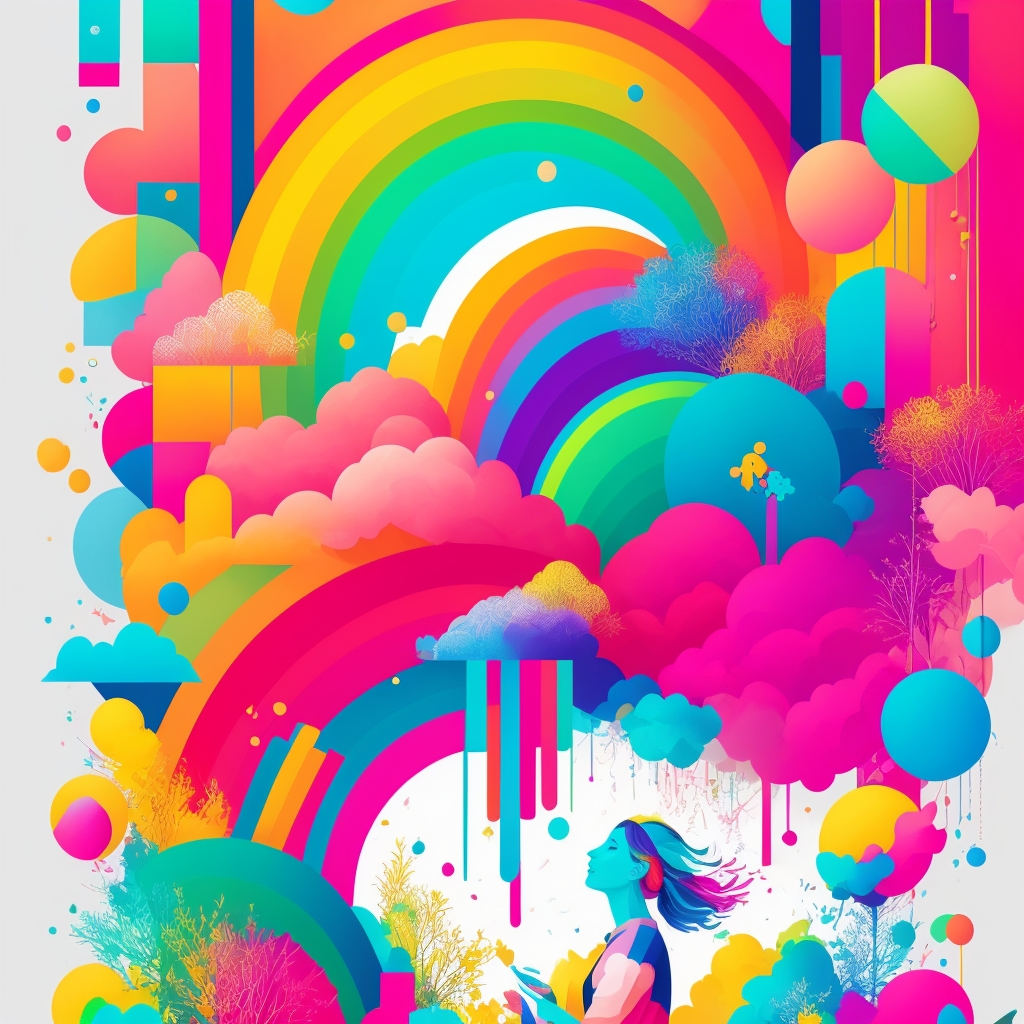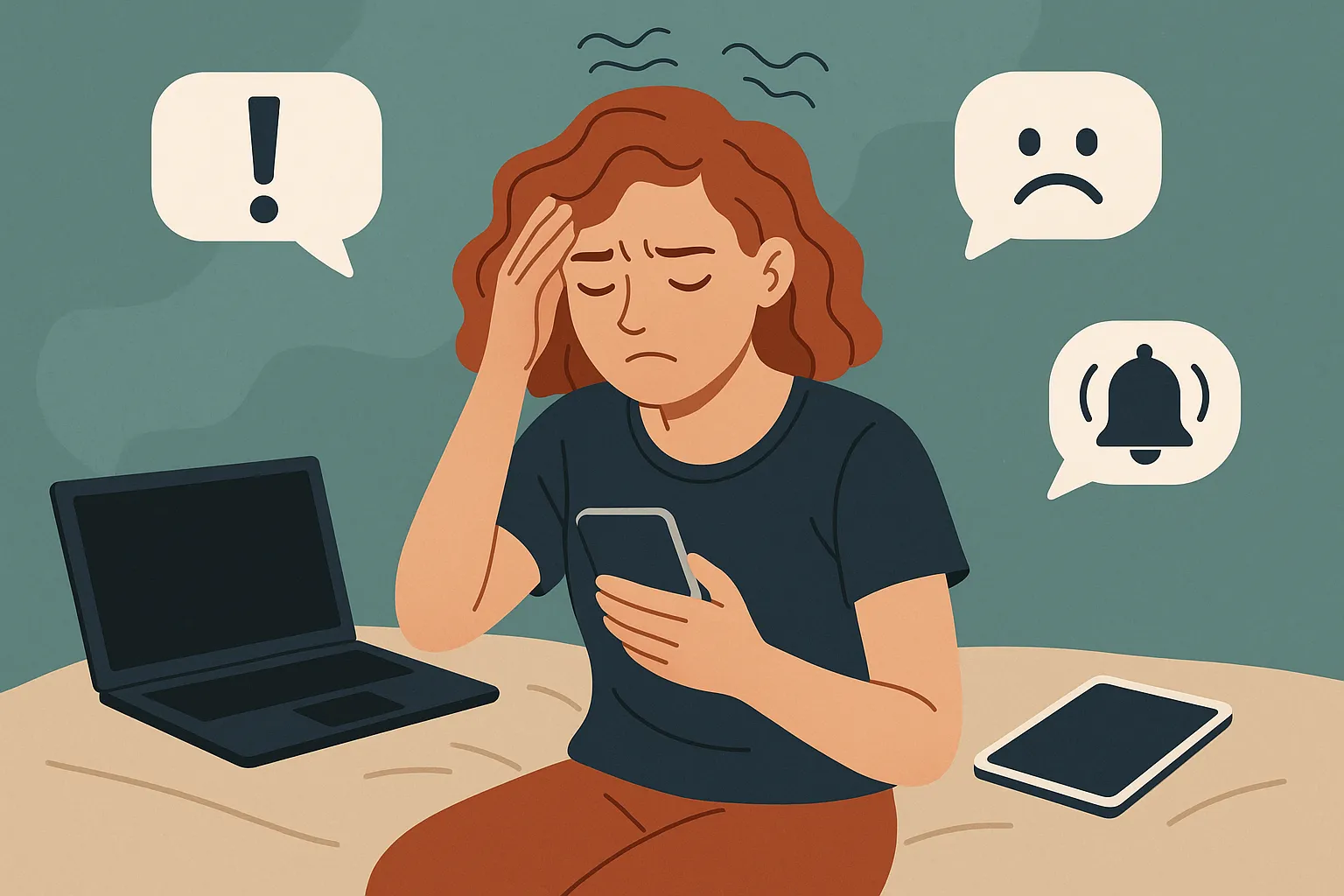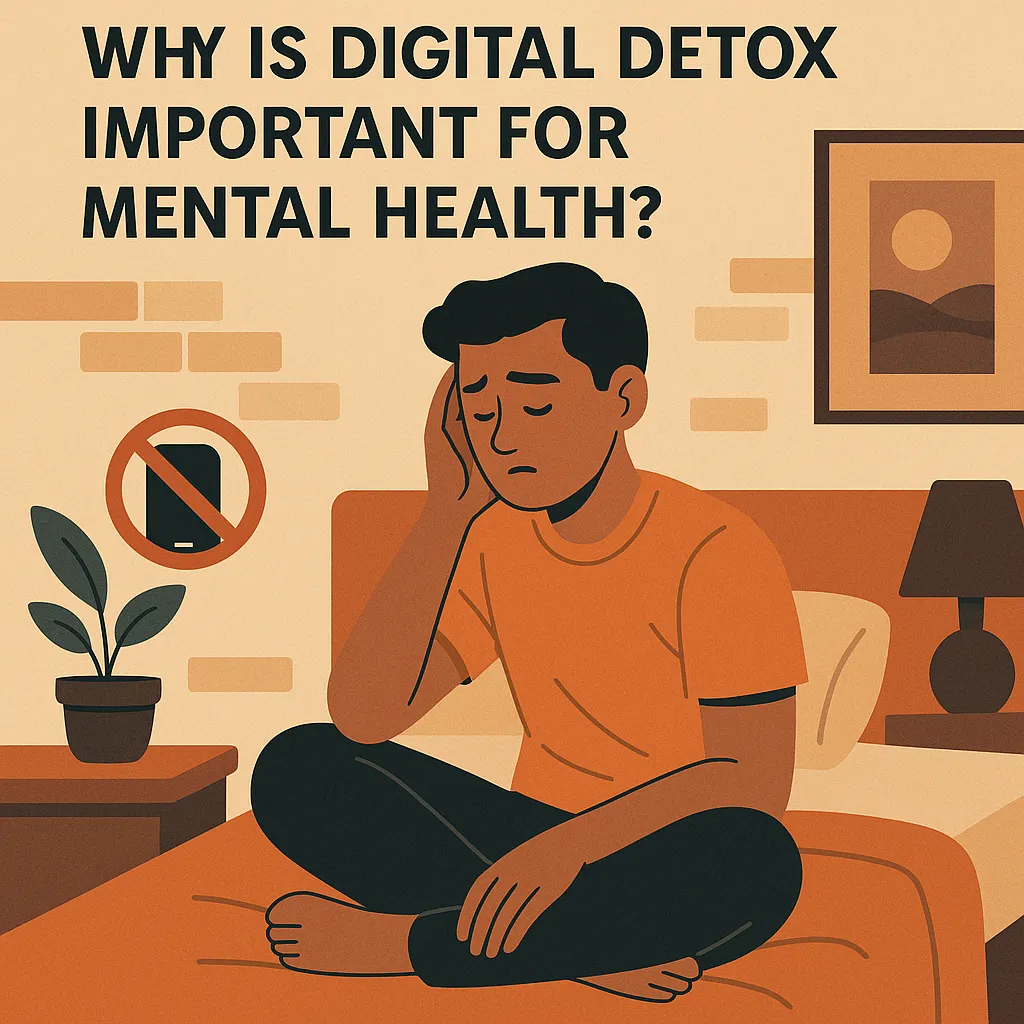In today’s hyper-connected world, the constant bombardment of notifications, emails, and social media updates can stifle creativity. Many people find themselves in a cycle of digital overload, which can hinder their ability to think creatively and productively. A digital detox, the practice of disconnecting from digital devices temporarily, has emerged as a powerful method to rejuvenate the mind and enhance creativity. This article explores how digital detox can boost creativity and offers insights into integrating this practice into your life.
Understanding the Impact of Digital Overload
Before delving into the benefits of a digital detox, it’s crucial to understand how digital overload affects creativity. Continuous exposure to digital stimuli can lead to mental fatigue, reduced attention span, and impaired cognitive function. The brain, overwhelmed by constant information, struggles to make creative connections and generate new ideas.
The Cognitive Effects
Excessive screen time can impair the brain’s ability to concentrate and think deeply. Studies have shown that multitasking with digital devices can lead to a decrease in grey matter density in the brain, which is associated with cognitive control and decision-making. When the brain is constantly jumping from one digital task to another, it loses the ability to focus on creative tasks requiring deep thought and reflection.
Emotional Consequences
Digital overload can also lead to increased stress and anxiety, emotions that stifle creativity. When individuals are under stress, their ability to think creatively diminishes. The constant pressure to respond to messages and notifications can leave little room for the mind to wander and explore new ideas.
How Digital Detox Enhances Creativity
A digital detox provides an opportunity to reset and recharge the mind, creating the perfect environment for creativity to flourish.
Reclaiming Focus
By stepping away from digital distractions, individuals can reclaim their ability to focus. Without the constant interruption of notifications, the mind can engage in deep work, a state where creativity thrives. This focused attention allows for the exploration of ideas and the development of new concepts.
Encouraging Mindfulness
A digital detox often encourages mindfulness, the practice of being present in the moment. Mindfulness has been linked to increased creativity, as it allows individuals to observe their thoughts and emotions without judgment. This heightened awareness fosters a creative mindset, enabling individuals to generate innovative ideas.
Promoting Novel Experiences
Digital detox encourages individuals to engage in activities outside the digital realm, such as hiking, drawing, or playing a musical instrument. These activities provide novel experiences, which are a key ingredient for creativity. Exposure to new environments and experiences can spark inspiration and lead to the discovery of unique ideas.
Concrete Examples and Use Cases
-
The Artist’s Retreat: Many artists and writers participate in retreats where digital devices are banned. These retreats provide a distraction-free environment where creativity can flourish. For example, a writer might attend a week-long retreat and return with the first draft of a novel, having found inspiration in the solitude and nature around them.
-
The Business Innovator: Entrepreneurs often use digital detox to enhance their problem-solving skills. By stepping away from their devices, they allow their minds to wander and explore new business ideas. Steve Jobs, for instance, was known for taking long walks without any digital devices, a practice that helped him generate some of his most innovative ideas.
-
The Educator’s Approach: Teachers can incorporate digital detox into their classrooms by encouraging students to spend time outdoors or engage in hands-on projects without digital devices. This approach helps students develop creative problem-solving skills and fosters a deeper understanding of the subject matter.
Key Points and Best Practices
-
Set Clear Boundaries: Establish specific times during the day when you will disconnect from digital devices. This could be during meals, before bed, or while engaging in creative activities.
-
Engage in Offline Activities: Use the time away from digital devices to participate in activities that inspire creativity, such as reading, painting, or exploring nature.
-
Practice Mindfulness: Incorporate mindfulness practices, such as meditation or yoga, into your routine to enhance your creative thinking.
-
Use Technology Mindfully: When you do use digital devices, be intentional about your usage. Limit the time spent on social media and focus on using technology as a tool for creativity rather than a distraction.
FAQ
1. What is a digital detox, and how does it work?
A digital detox involves taking a break from digital devices to reduce stress and mental fatigue. It works by allowing the brain to rest and recharge, which can enhance focus, creativity, and overall well-being.
2. How long should a digital detox last?
The duration of a digital detox can vary depending on individual needs and goals. It can range from a few hours each day to a full week. The key is to find a balance that allows you to disconnect from digital distractions and engage in activities that promote creativity.
3. Can a digital detox improve mental health?
Yes, a digital detox can improve mental health by reducing stress, anxiety, and digital fatigue. By taking a break from digital devices, individuals can engage in activities that promote relaxation and well-being, which can positively impact mental health.
4. Is it possible to be creative without a digital detox?
While it’s possible to be creative without a digital detox, the practice can significantly enhance creativity by providing a distraction-free environment. A digital detox can help individuals focus on creative tasks and explore new ideas without the interference of digital distractions.
5. How can I start a digital detox?
To start a digital detox, set specific goals and boundaries for your digital usage. Identify times during the day when you will disconnect from devices and engage in offline activities. Consider using apps or tools that help monitor and limit screen time.
Conclusion
In a world where digital distractions are ubiquitous, a digital detox offers a valuable opportunity to enhance creativity and productivity. By disconnecting from digital devices, individuals can reclaim their focus, engage in mindful practices, and explore novel experiences that inspire creative thinking. Whether you’re an artist, entrepreneur, or student, incorporating a digital detox into your routine can lead to a more balanced, creative, and fulfilling life.
For additional insights on the benefits of digital detox and its impact on creativity, you may find this article by Psychology Today particularly informative.







